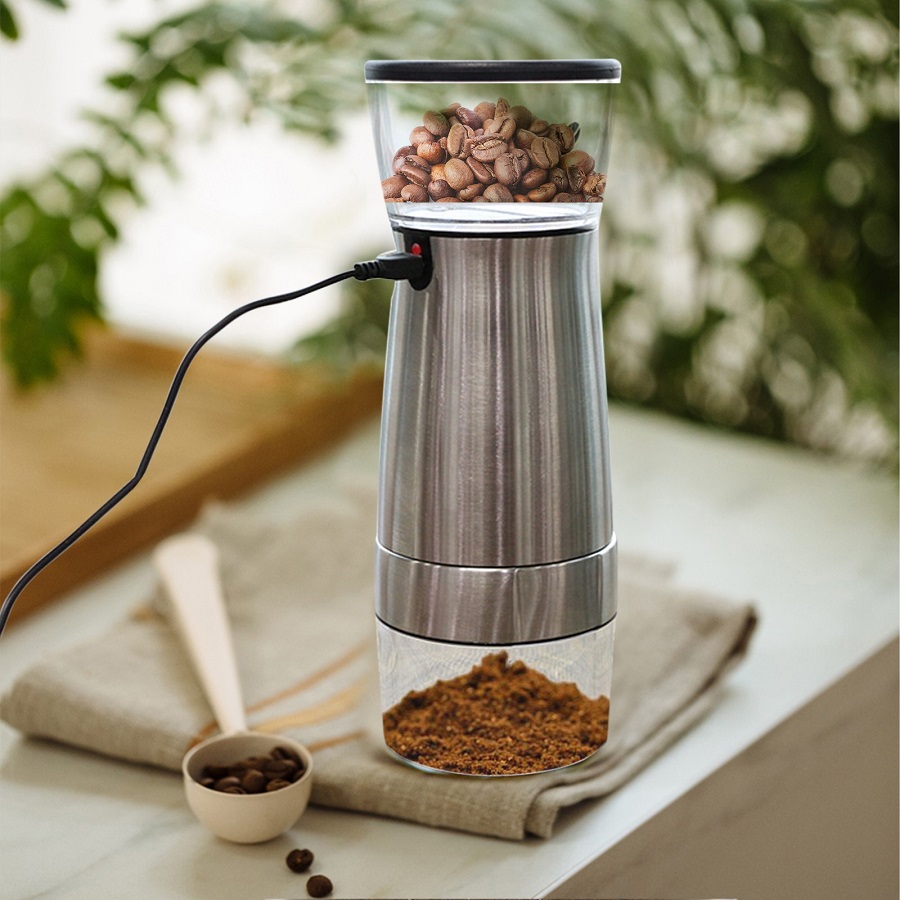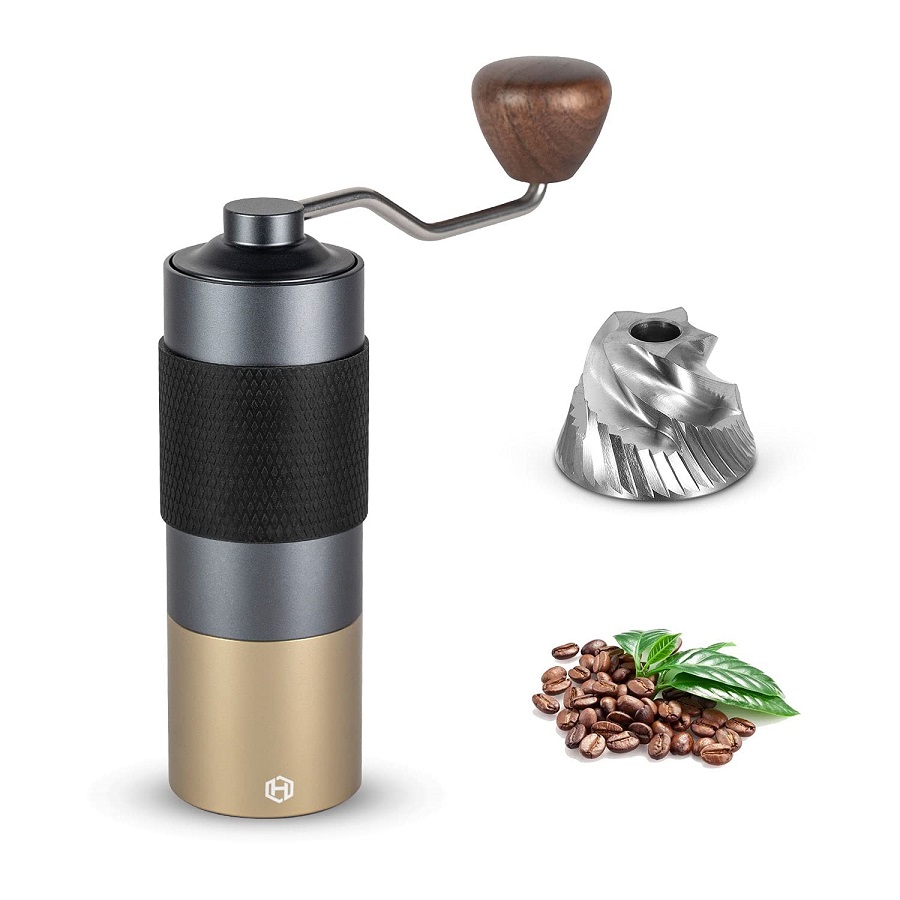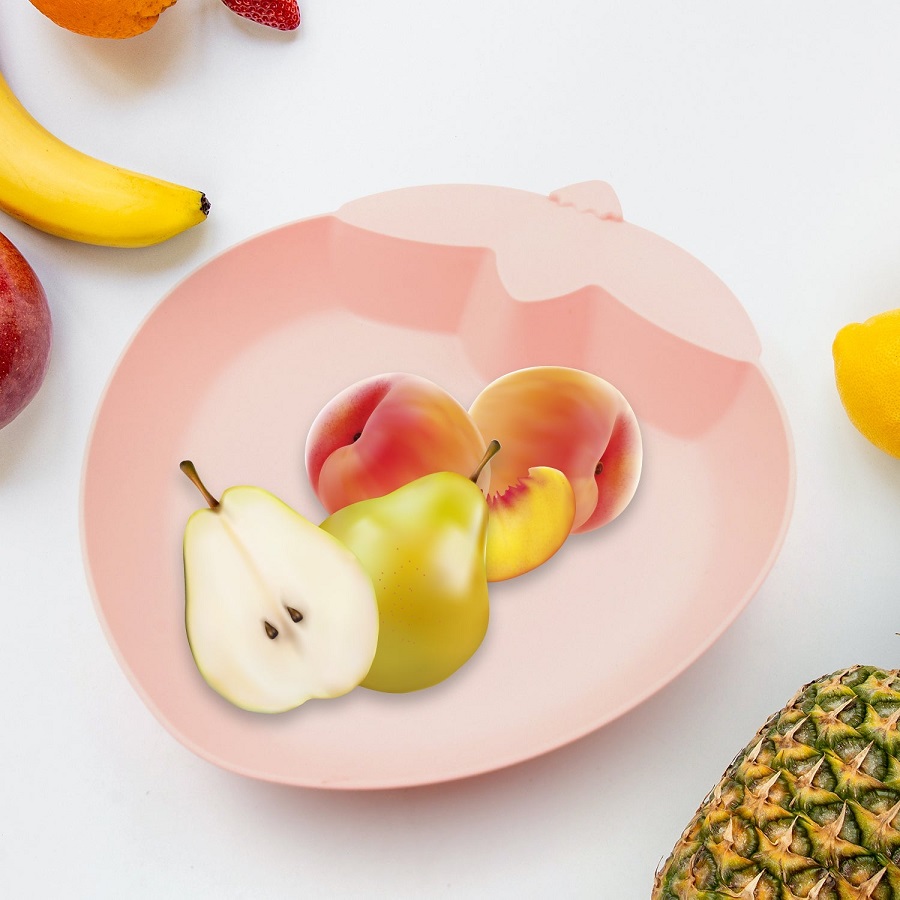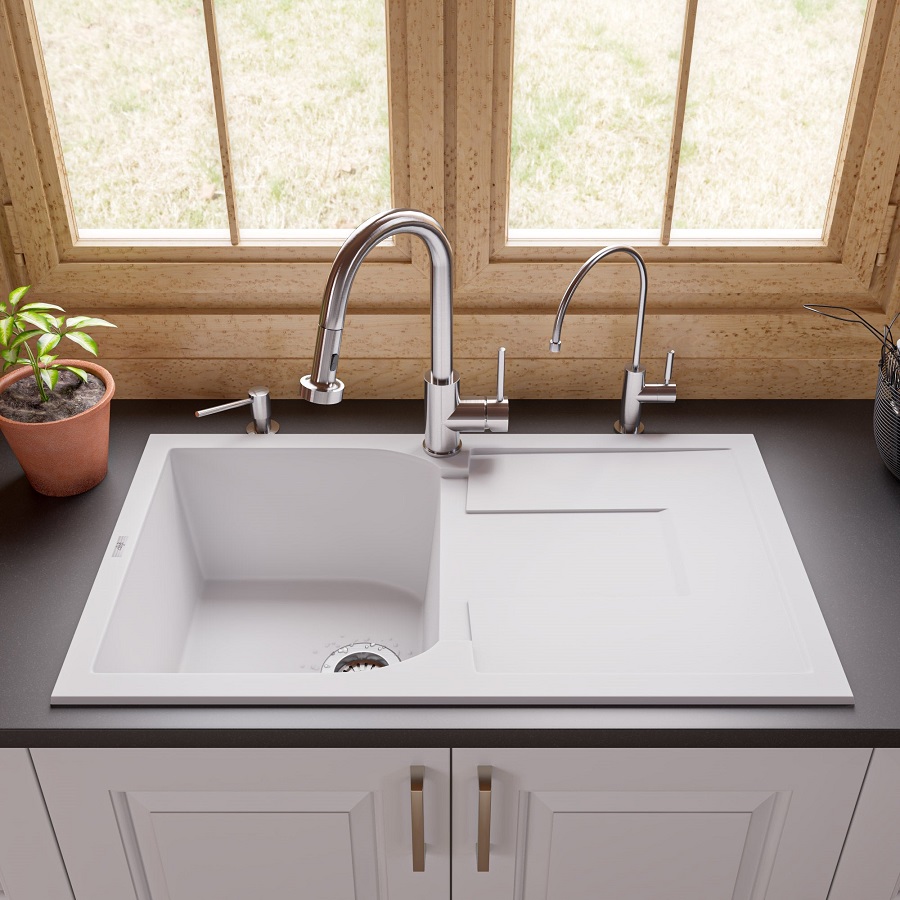Introduction
Coffee is more than just a beverage; it’s a ritual, an art, and for many, a daily necessity. The heart of any exceptional cup of coffee lies not just in the quality of the beans but also in how they are ground. A good coffee grinder is essential for unlocking the full potential of your coffee. In this guide, we’ll explore everything you need to know about choosing the perfect coffee grinder to elevate your brewing experience.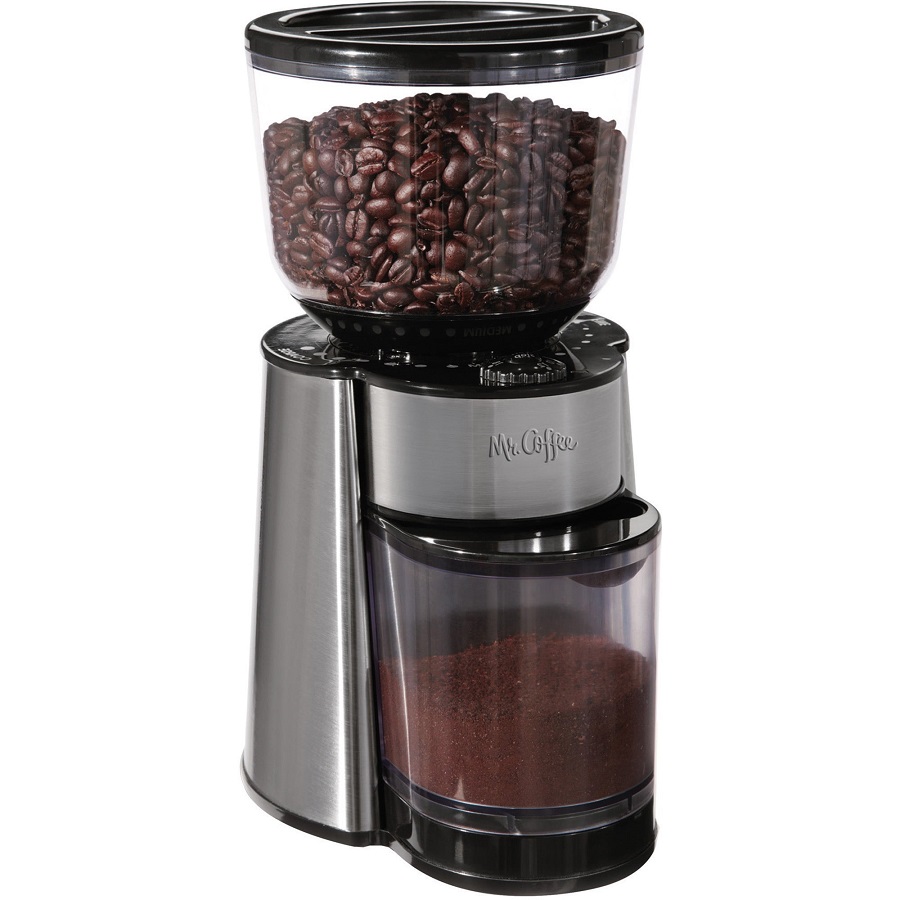
Why Grinding Matters
Before delving into the types of grinders available, it’s crucial to understand why grinding coffee beans is vital for brewing. Freshly ground coffee retains the most aromatic oils and flavors. Whole beans preserve their freshness much longer than pre-ground coffee, but once ground, they can start to oxidize quickly, leading to loss of flavor within minutes.
Key Benefits of Freshly Ground Coffee:
- Enhanced Flavor: Fresh grounds have a more robust aroma and taste.
- Better Extraction: Even and appropriate grind size ensure optimal extraction during brewing.
- Customization: You can adjust grind size based on your brewing method, which brings out different flavor profiles.
Types of Coffee Grinders
Coffee grinders generally fall into two categories: blade grinders and burr grinders. Each has distinct features and performance levels that can affect your brew.
Blade Grinders
Overview:
Blade grinders are the more affordable option, using rapidly spinning blades to chop beans.
Pros:
- Affordability: Typically less expensive than burr grinders.
- Accessibility: Common and easy to find.
Cons:
- Inconsistent Grind Size: Blades tend to create uneven particle sizes, which can lead to uneven extraction.
- Heat Generation: The rapid spinning can produce heat, which may affect the coffee’s flavor.
Best for: Casual coffee drinkers or those on a budget who brew coffee occasionally.
Burr Grinders
Overview:
Burr grinders use two revolving abrasive surfaces (burrs) to crush the coffee beans uniformly.
Pros:
- Consistency: Offers a uniform grind size, which is crucial for even extraction.
- Adjustable Grind Settings: Most burr grinders have multiple grind settings, allowing for customization based on brewing methods.
- Minimal Heat Production: Typically generates less heat, preserving flavor.
Cons:
- Price: Generally more expensive than blade grinders.
- Size: They can be bulkier, making them less portable.
Best for: Coffee enthusiasts and those serious about their brewing methods.
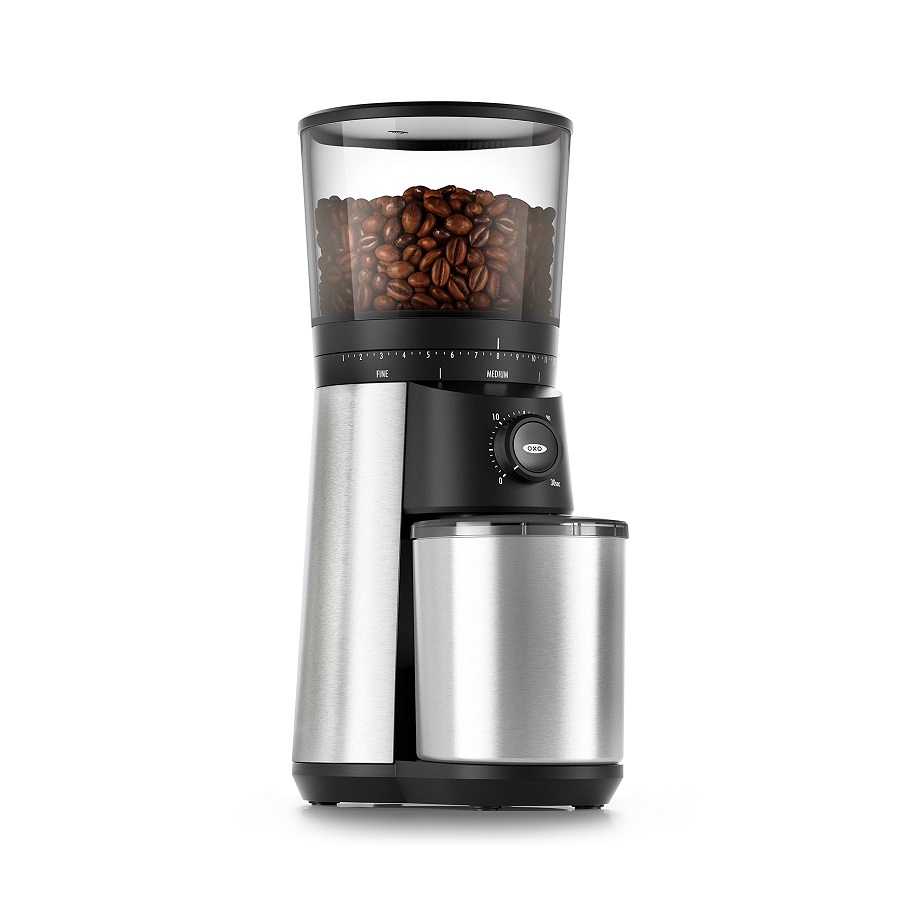 Key Features to Consider
Key Features to Consider
Grind Settings
A grinder with adjustable grind settings is essential for versatility. Depending on your brewing method (e.g., espresso, French press, drip), you’ll want a specific grind size.
Build Quality
Look for a grinder made of durable materials. Metal burrs tend to be more robust and long-lasting compared to plastic. Also, consider the overall design and sturdiness of the grinder, especially if you plan to use it frequently.
Capacity
Consider how much coffee you usually brew. If you typically make large batches, go for grinders with a higher capacity. For single servings, a smaller grinder may suffice.
Noise Level
Some grinders can be quite noisy, which might be a concern if you brew coffee early in the morning. Research models known for quieter operation if this is a consideration for you.
Cleaning and Maintenance
Coffee grinders can collect oils and residues from the beans, so it’s essential to choose a grinder that’s easy to clean. Look for models with removable parts or those designed to reduce coffee retention.
Price
While it’s tempting to choose the cheapest option, investing in a quality grinder can significantly enhance your coffee experience. There are excellent grinders available in various price ranges, but typically, a burr grinder in the 100−200 range is a reasonable investment for most coffee lovers.
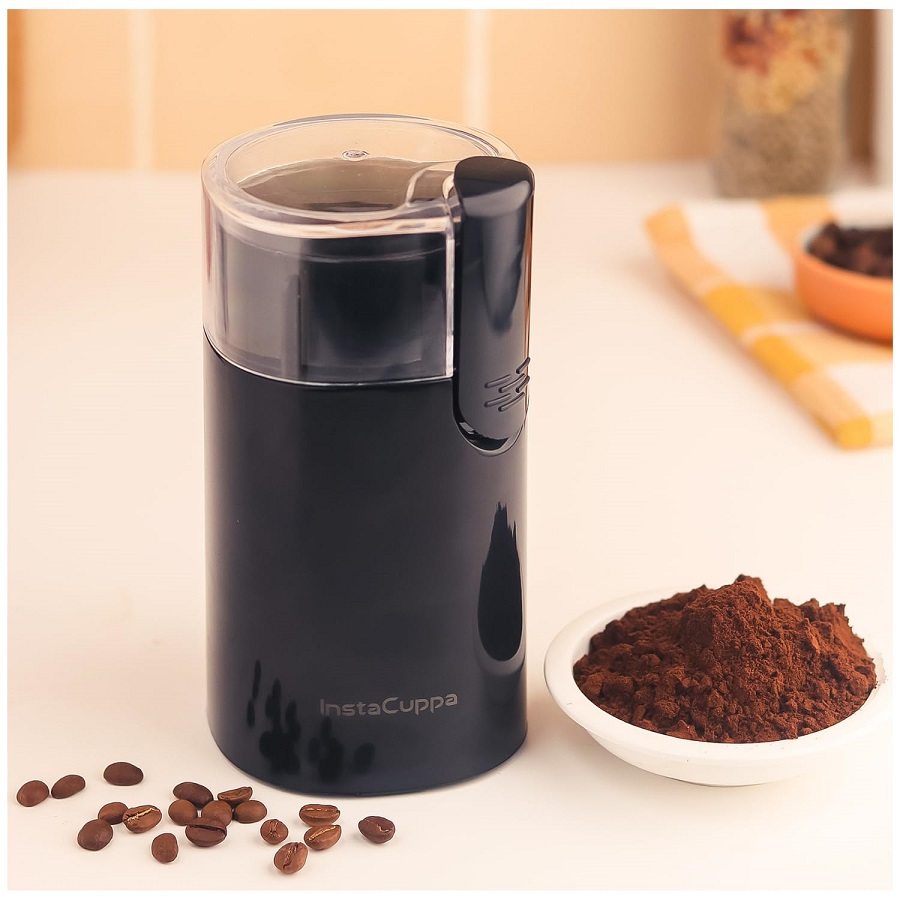 Popular Brewing Methods and Corresponding Grind Sizes
Popular Brewing Methods and Corresponding Grind Sizes
Understanding the relationship between grind size and brewing method is essential for optimal flavor extraction.
- Coarse Grind: Ideal for French press or cold brew, provides a textured brew with less bitterness.
- Medium Grind: Suitable for drip coffee makers and pour-overs; it balances flavor and extraction.
- Fine Grind: Essential for espresso, allowing for a rich flavor and crema.
- Extra Fine Grind: Often used in Turkish coffee, yielding a heavy, thick consistency.
The Science of Grinding Coffee
Surface Area and Extraction
When coffee beans are ground, their surface area increases dramatically. This change in surface area is critical because coffee extraction—the process by which water extracts flavors from the coffee grounds—relies heavily on the surface area exposed to water. A finer grind increases the surface area available for extraction, which can lead to a quicker and more intense flavor release. Conversely, a coarser grind has less surface area, slowing down the extraction process and resulting in a subtler flavor.
Brewing Time and Grind Size
Different brewing methods require different grind sizes to achieve a balanced flavor. For example:
- Espresso: A fine grind is essential for espresso, as the high-pressure brewing process extracts flavors quickly. If the grind is too coarse, the water will run through too quickly, leading to under-extraction and a sour taste.
- Pour-Over: A medium to medium-fine grind works best for pour-over methods, allowing the water sufficient time to extract flavors without over-extracting the coffee.
- French Press: A coarse grind is ideal for French press brewing. The longer steeping time combined with the coarser grind prevents over-extraction and keeps the coffee from becoming bitter.
- Cold Brew: For cold brew, a very coarse grind is recommended, as the extended steeping time (often 12-24 hours) requires a larger particle size to avoid excessive bitterness.
Understanding your brewing method and adjusting your grind size accordingly is crucial to achieving the optimal flavor profile.
Types of Coffee Grinders
Investing in the right grinder can significantly enhance your coffee experience. There are two primary types of grinders: blade grinders and burr grinders.
Blade Grinders
Blade grinders use a propeller-like blade to chop the coffee beans randomly. While they are often more affordable and compact, the uneven grind size can lead to inconsistent extraction. This inconsistency can result in over-extracted (bitter) and under-extracted (sour) flavors in the same brew.
Burr Grinders
Burr grinders, on the other hand, use two revolving abrasive surfaces (burrs) to crush the coffee beans into uniform particles. There are two types of burr grinders: flat and conical.
- Flat Burr Grinders: They generally provide a consistent size by using a horizontal design. They can be more expensive but are often preferred by coffee enthusiasts for their ability to provide precise, uniform grinds.
- Conical Burr Grinders: These grinders feature a cone-shaped burr that allows for slower grinding and reduces heat buildup, which can alter coffee flavor. They are also easier to clean and maintain.
Investing in a burr grinder, whether flat or conical, often yields better results, especially for those who take coffee seriously.
Grind Size Guidelines
While personal preference plays a significant role in determining grind size, here are some general guidelines to help you get started:
- Extra Fine Grind (like powdered sugar): Best for espresso machines, Turkish coffee, and AeroPress.
- Fine Grind (similar to table salt): Ideal for espresso and pour-over methods (like Chemex).
- Medium Grind (like granulated sugar): Works well for drip coffee makers and pour-over methods (like V60).
- Coarse Grind (like sea salt): Suitable for French press and cold brew.
- Extra Coarse Grind (larger than sea salt): Best for cold brew and some methods of brewing coffee in a percolator.
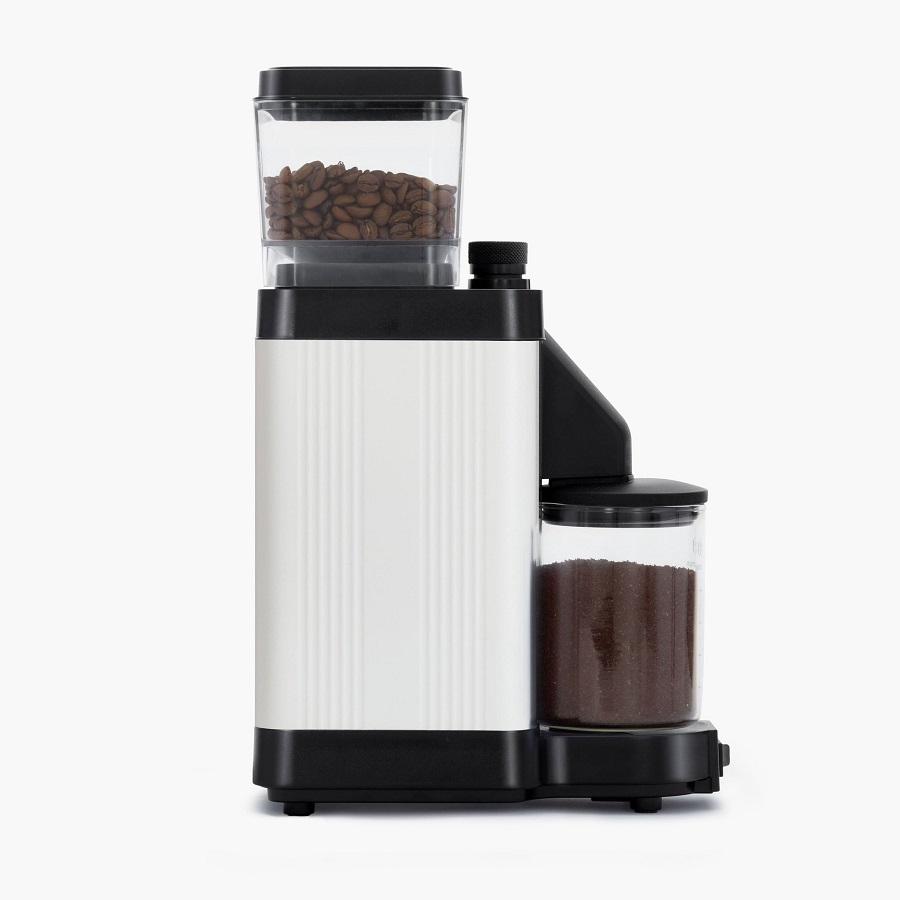 Tips for Grinding Coffee
Tips for Grinding Coffee
- Freshness: Grind your beans just before brewing for maximum freshness. Coffee begins to lose its flavor as soon as it’s ground due to exposure to oxygen.
- Consistent Grind: Use a quality burr grinder to achieve consistent grind size, ensuring even extraction.
- Storage: Store your whole beans in an airtight container in a cool, dark place to maintain their freshness until you’re ready to grind.
- Experiment: Don’t be afraid to experiment with different grind sizes to find what works best for your specific taste preferences and brewing method.
-
Adjusting Brew Time: If you change your grind size, remember to adjust your brewing time accordingly. Finer grinds require shorter brewing times, while coarser grinds may need longer steeping.
Final Thoughts
Choosing the perfect coffee grinder is a crucial step toward brewing delicious coffee. Whether you opt for a blade grinder for convenience or invest in a high-quality burr grinder for consistency, understanding your coffee habits and preferences will guide you in making the best choice.
Remember that the grind is just one aspect of the brewing experience; consider other factors such as coffee quality, water temperature, and brewing time for the best results. With the right grinder in hand, you’re one step closer to crafting that perfect cup of coffee tailored just for you. Happy brewing!